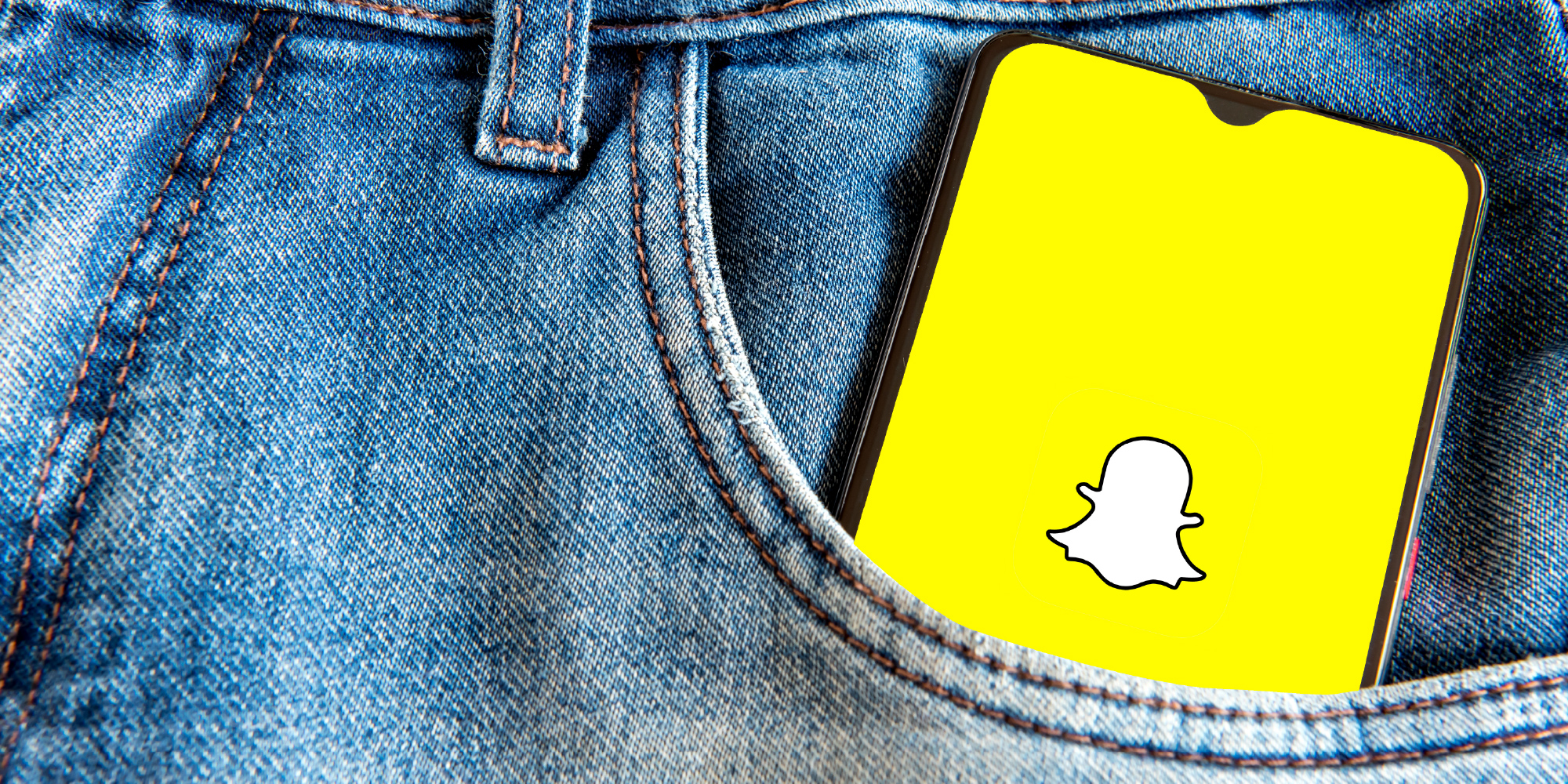
Snapchat Courts Gen Z Beauty Creators With “Good, Bad And Messy” Content Strategy
On social media, unfiltered content is clicking with gen Z, and Snapchat is highlighting the good, bad and messy moments to attract creators and boost its beauty business.
As Varshini Satish, lead of talent partnerships at Snapchat parent company Snap Inc., describes it, “You’re seeing a totally different side of your favorite massive creator, who feels a little bit more undone, a little bit lo-fi on this platform.” That stripped-down, spontaneous energy has become the app’s edge in an increasingly crowded content space.
Launched in 2011, Snapchat has 932 million monthly active users. That’s less than TikTok’s roughly 1.59 billion, Instagram’s 2 billion, YouTube’s 2.53 billion and Facebook’s 3.07 billion, according to data and research firm Statista. Still, Snapchat has carved out a niche with its personal style of storytelling. In 2024, Snapchatters viewed over 262 million hours of beauty content, while more than 110 million users globally tried an augmented reality-enabled beauty Lens—such as a virtual lipstick try-on—at least once. Accounts like Beauty Hacks, Beauty Craft and Beauty ASMR attract millions of followers. In the fourth quarter last year, Snap said the number of creators posting content across categories increased 40% from the previous year.
Beauty brands are paying attention. Clinique stepped up as the first sponsor of Snap’s creator-centric workshops, dubbed Snap Schools, held in July 2024 and February 2025. Since launching the sessions in 2022, Snap has hosted over 50 globally. At Clinique’s most recent Snap School event, more than 75 creators joined in to play a Clinique-branded game show, make candles and test a glow-up Lens courtesy of the Estée Lauder subsidiary.
“The Clinique team was here on the ground in our L.A. office, meeting with creators, getting to know them, seeing how they show up on the platform and sharing their product benefits as well,” says Satish. After the event, Clinique signed partnership deals with creators Joseph Arujo, Zaina Sesay, Shannon Baker, Ydelays Rodriguez and Sofiyat Ibrahim. Snap has lined up 22 brand slots for similar collaborations this year.
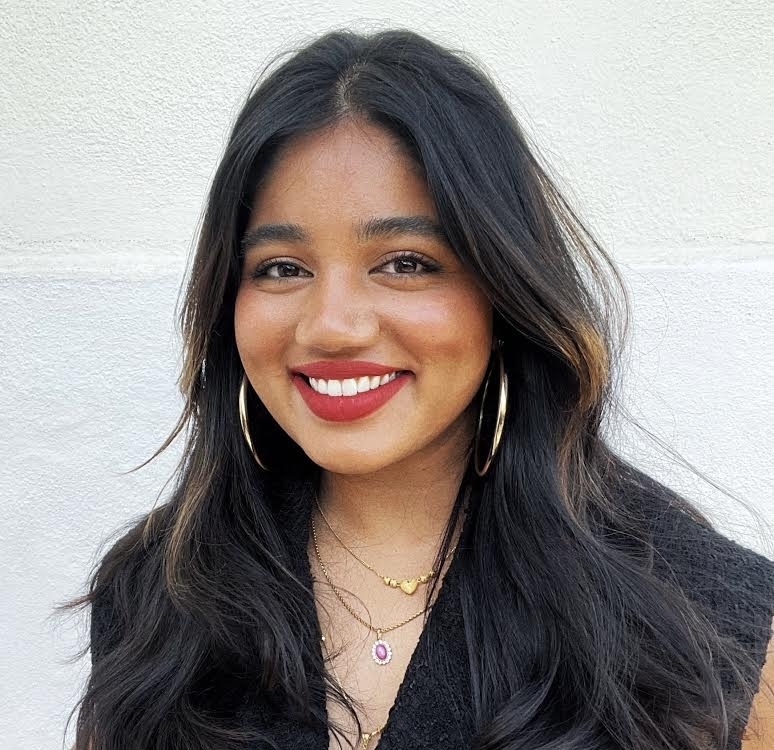
Snap is also introducing new monetization tools. Its recent Sponsored Snaps feature allows advertisers to send paid content directly from a creator’s handle to users’ chat feeds. Another initiative, First Snap, gives advertisers a single-day takeover to deliver the first Sponsored Snap users see in the chat feed. Retailers that have taken advantage of First Snap to boost sales include Chemist Warehouse, an Australian pharmacy chain that sells beauty and personal-care products.
Still, the platform faces challenges. Its global average revenue per user, which indicates how much advertising revenue the company generates from each user, totaled $2.87 in the second quarter this year, short of the $2.90 that Wall Street analysts had expected, according to reports. Its second-quarter net loss widened to $262.6 million from $248.6 million a year ago, even as revenue increased 9% to $1.35 billion from $1.24 billion a year ago.
Satish, who joined Snap from TikTok in 2021, oversees creator communities in regions including Australia and India, where Snapchat recently surpassed 250 million monthly active users. She says the app’s power lies in how naturally creators share their everyday beauty moments. “A creator gets in their car in the morning, shares their coffee order, and then says, ‘OK, this is my lip combo of the day,’” she explains. “It’s not so hyper trend-focused. The trend really is just being yourself.”
That trend has global appeal—and it’s increasingly what social media users want, according to Bailey Hurtig, head of operations at digital marketer MAD Social Agency in Winnipeg, Canada. “Users are ditching overly edited photos, polished captions and staged lifestyles in favor of something real, raw and relatable,” Hurtig wrote in an essay earlier this year. Amid rising anxiety about perfection online, she adds, “When people see others sharing their struggles, messy moments and behind-the-scenes reality, it creates a sense of connection rather than comparison.” Especially in beauty, “people are choosing real over perfect.”
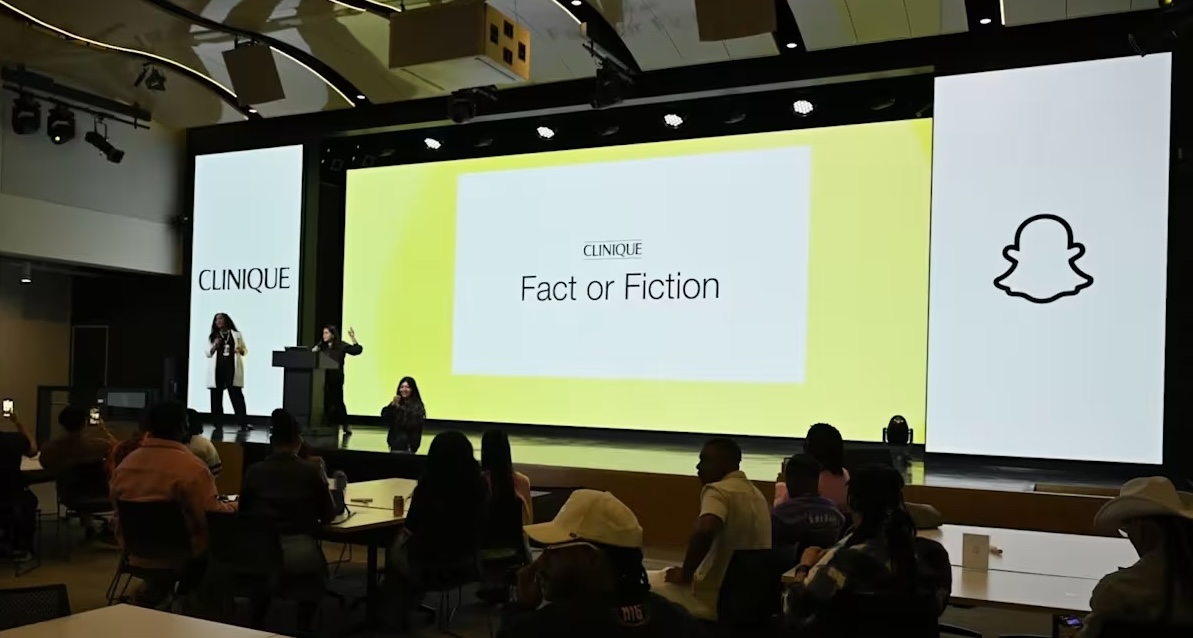
Satish echoes that sentiment. “A successful creator is someone who has the ability to connect, to open up and to share their experience—the good, the bad, the messy, the in-between, all of it.” She’s eager to see more men join the mix, noting, “We want to see the guys share their faves as well.” In addition to being a fan of content creator Koosha Nouri, she also brought single-dad Darren Graham to Snapchat as a rising star to share beauty, fashion and fatherhood content.
For creators and brands, social media isn’t just about vibes, it’s also a business. According to e-commerce data and research firm MarketPlace Pulse, top beauty brands on TikTok Shop generate monthly revenues ranging from $3.5 million for K-beauty innovator Medicube and $3.4 million for Chinese hair line Tymo Beauty to $2.4 million for U.S.-based Tarte Cosmetics.
Snapchat is looking to capture a piece of that commerce. Users can now link their Amazon accounts to streamline purchases within the app. “We really want creators to grow their businesses,” says Satish. “Whenever we do best-practice education, we always tell them: utilize the link in bio. We have a linking feature in your Stories content as well.”
Looking ahead, Snap is planning more beauty-focused events and has promotions tied to New York Fashion Week. Wherever companies and content creators mingle, Satish’s top advice to brands is: “Listen to these people like they are the true experts. We are learning from [creators] every single day.”
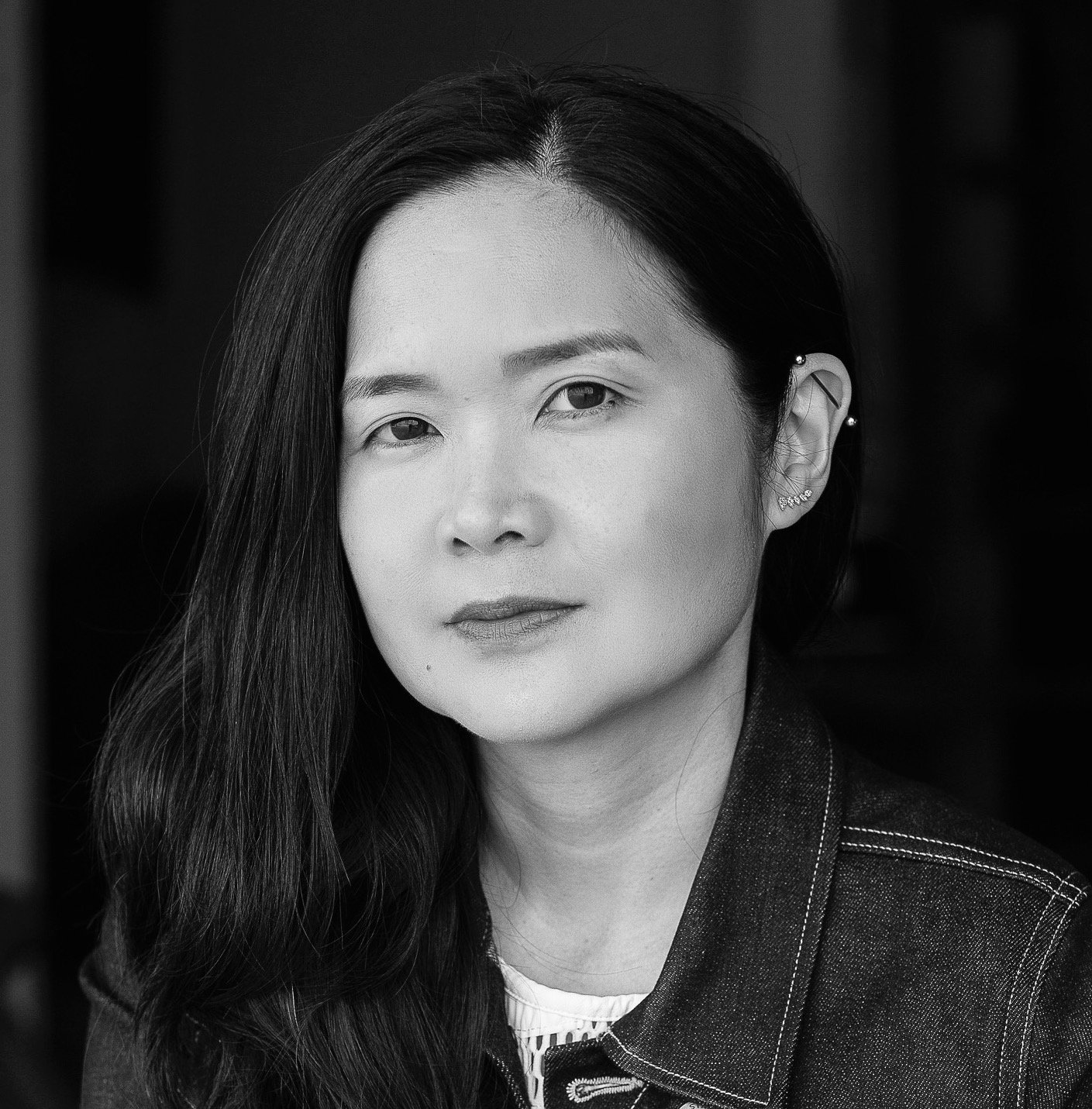
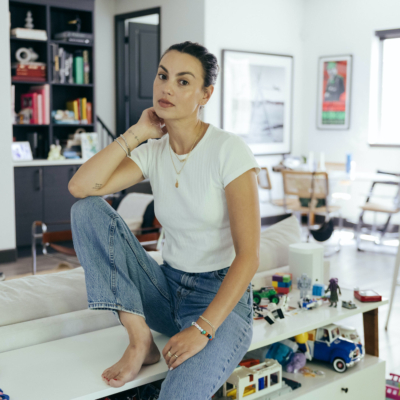
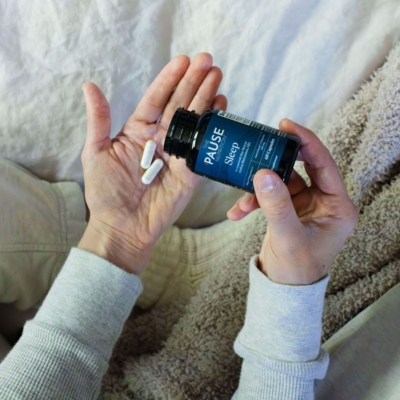

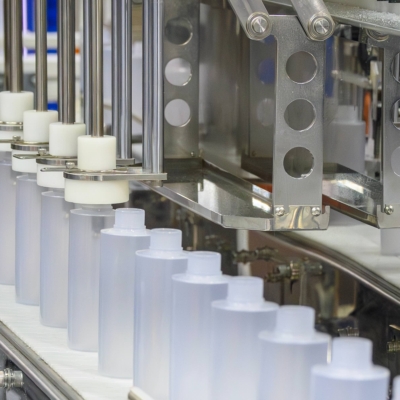
Leave a Reply
You must be logged in to post a comment.